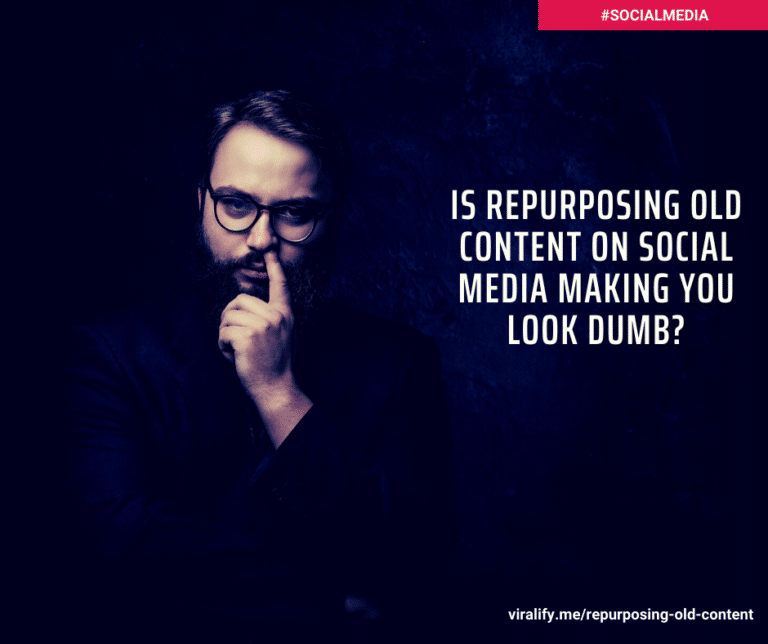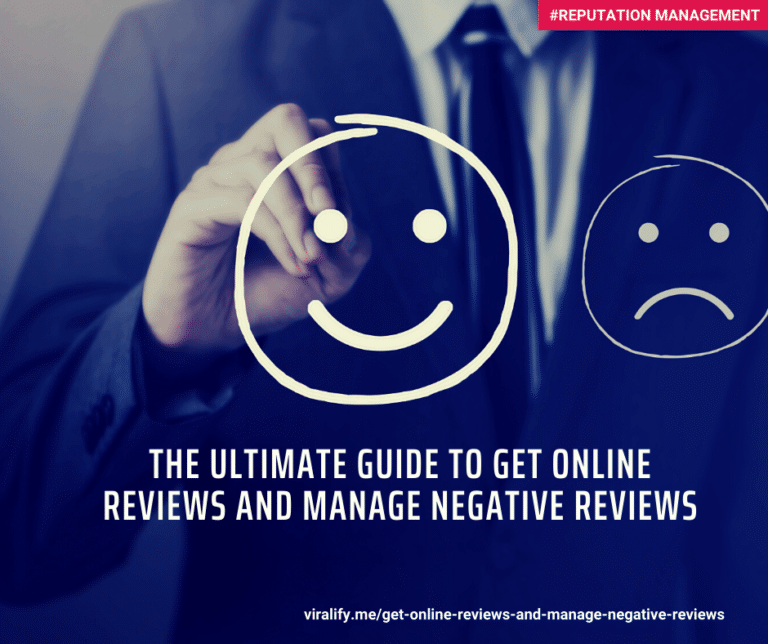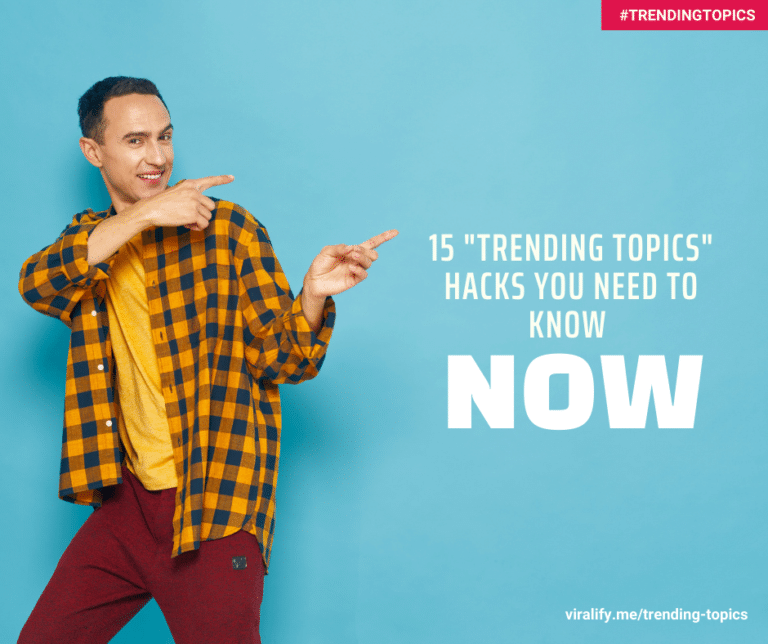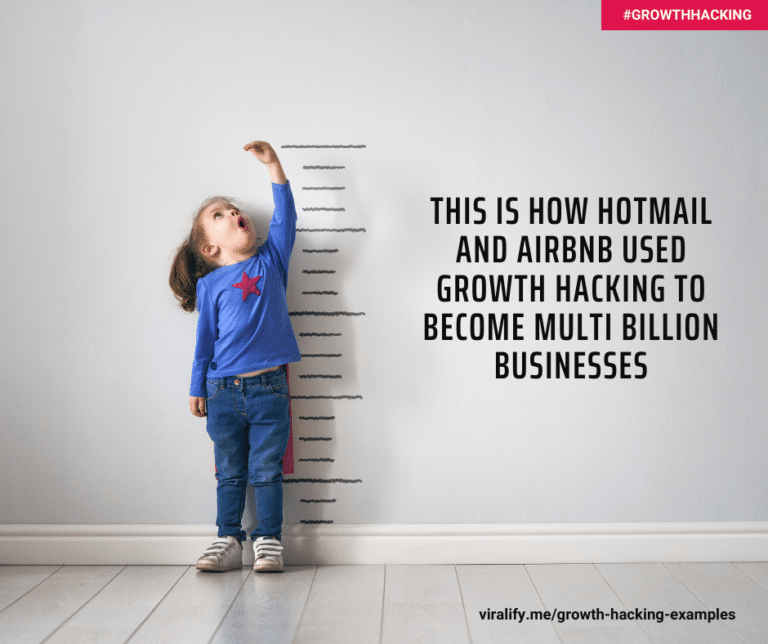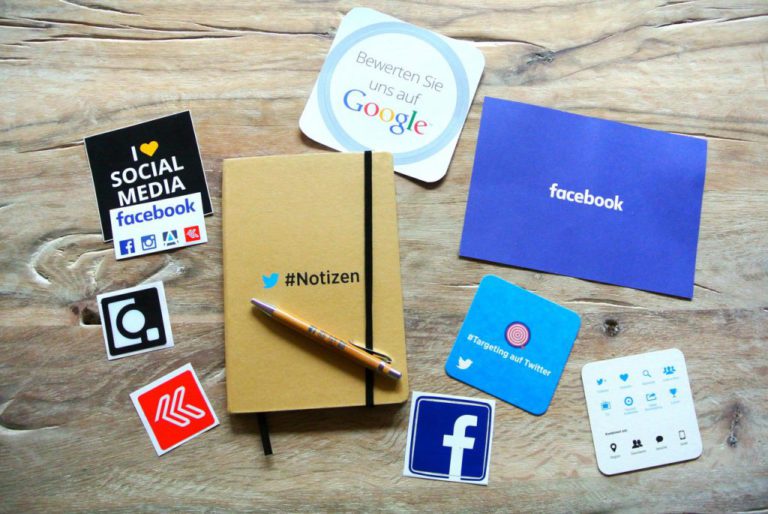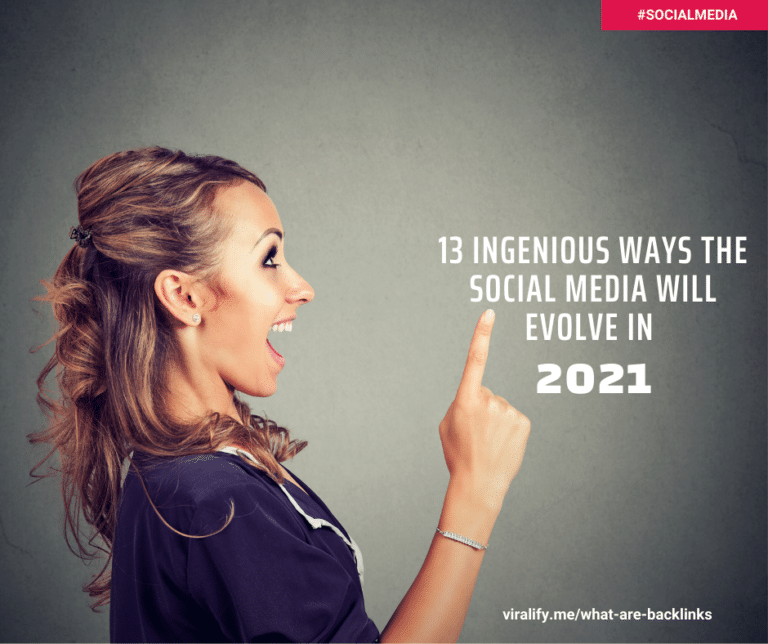Companies have brands and products have brands.
But for whatever reason, many of us aren’t comfortable with developing our personal brand.
Maybe it feels forced. Or you don’t want to put yourself out there. Or you feel like you’re selling your soul.
But “personal branding” isn’t as intense as it sounds. All it means is this:
As an entrepreneur, a creator, a professional (whatever it is you are), your business, your craft, your value (whatever it is you create) is an extension of yourself and a part of your life’s story.
There’s a reason some of the most well-known, well-defined brands are often closely tied to the reputation of the person behind them.
Bill Gates and Microsoft, Richard Branson and Virgin, Steve Jobs and Apple—these entrepreneurs have distinct personal brands that are inseparable from the companies that they’ve built.
Tesla especially, which once claimed to have a “$0 marketing budget”, is arguably just an extension of Elon Musk’s own brand as a visionary. Or look at Martha Stewart who built an entire empire upon her name.
These entrepreneurs take whatever makes them special and they project it in a consistent, authentic, and impactful way.
At its core, effective personal branding entails:
- Building up your “street cred” to improve your PR and business development efforts.
- Tapping into your network to get early traction for your ideas or make your first sales.
- Being authentic to build a sustainable presence (it gets tiring pretending to be someone else).
- Giving your business a face and a real name to earn more trust from consumers.
- Creating a lasting platform that you can use to share your past, present and future endeavors.
Consider Reading
Here are some ideas for strengthening your own personal brand.
Put Yourself Out There: Being Active Online Is an Advantage
“A brand is the set of expectations, memories, stories, and relationships that, taken together, account for a consumer’s decision to choose one product or service over another.”
— Seth Godin
The strength of your brand isn’t necessarily the number of followers you have but the sum of all your activities online. It’s undeniably a noisy world, but meaningful actions can generally cut through most of the clutter.
These are the comments you leave on articles, your interactions on Twitter, the publications that feature your thoughts, the case studies about your business.
Business owners who are active online actually have an advantage in that the distribution of participation online is severely skewed—most people passively experience the internet.
In fact, it’s estimated that 90% of internet users are lurkers who rarely contribute their voices in comments, content, reviews, etc.
You don’t need to win awards or be a multi-millionaire to build a personal brand. If you are active online, if you share your thoughts and maintain consistency, you’re already ahead of most in building yours.
Get Your Story Straight
“Everyone is necessarily the hero of his own life’s story.”—John Barth
There’s a lot about your brand that falls out of your hands, but your story is one thing that you get to craft—that you get to control. That’s why it’s an important asset in any press kit.
Effective storytelling is about representing change—it’s about showing, not telling, your audience how you got from point A to point B.
Like any origin story, yours will shed light on your motivation, your roots and your goals. You just need to find the parts that are worth telling and that starts with examining your life to unearth what you’re really about.
Behind Death Wish Coffee, for example, there’s the memorable story of Mike Brown, the owner of a small New York coffee shop, who took it upon himself to create the world’s strongest coffee because his more adventurous clientele kept asking for it.
Don’t be afraid to start from the bottom and tell the world how you got to where you are. The bigger the gap you create between point A and B, the more potential your story has in differentiating you.
After all, who doesn’t love a good underdog story?
Craft Your Personal Brand Statement
Don’t try to be unique. Just be you-nique.
Once you’ve taken a long, hard look at yourself and your history, think about how you can package it into a handful of lines.
This is your personal brand statement or elevator pitch—it’s something you can say when others ask you about yourself or include in your profiles online.
Your personal brand statement consists of 3 key elements:
- Your target audience: The specific market or people that you serve.
- The value you offer: How you help your target market.
- What makes you unique: Why people choose you over the competition.
Of course, as always, you should adopt this template to make it your own. Inject your personality, your style, and what you stand for into your personal brand statement.
“The woods would be very silent if no birds sang there except those that sang best.”—Henry Van Dyke
Starting something and seeing it to fruition can be a lonely endeavor when much of the work you do is done behind closed doors.
Own the things you do. If you don’t, who will?
For many entrepreneurs, their first customers are friends and family. The people who care about and support what you do can be counted on to help you get the initial traction you need to get an idea off the ground.
So if a milestone or a victory is significant to you, tell people—whether it’s launching your business, reaching a certain number of sales or sharing an article you were featured in or something nice a customer said.
Share parts of your journey as they happen and those with any interest in your unfolding story will follow along too.
Spread Your Story Through Content
Content marketing doesn’t come as easily for every brand. But it is an incredibly versatile strategy for building personal brands as you produce content with your name on it and curate content to share.
What you choose to share reflects you and your interests, while also helping you to maintain an active, authentic presence online.
Tell stories, teach what you’ve learned or share your struggles to give people something interesting, educational or human. This type of content does especially well on Medium, such as this story by Stuart Hall.
It doesn’t always need to involve writing.
You can start a vlog on YouTube, reach out to be on podcasts , guest post on other blogs, or offer a behind-the-scenes look at what you’re up to through Snapchat or Instagram Stories.
The same rules apply as with content marketing in general: Put out content that your audience cares about, capture their interest, and earn more attention over time.
“You too are a brand. Whether you know it or not. Whether you like it or not.”—Marc Eckō
We can easily become self-conscious about what we share of ourselves, where we share it, and with whom we share it with.
There’s a reason many of us post different things on LinkedIn than we do on Facebook. There’s a reason many people wear a different face to work than they do in other parts of their life.
A study by Deloitte even reported that 61% of participants admitted to leaving a big chunk of who they are at the door before they walk into work, a clear indication of how protective we can be of our personal brands.
Impression management is what you do to control and filter how others perceive your brand. It’s easy and understandable to default to privacy when it comes to your online presence. But this isn’t managing the impression you make; it’s masking it.
Instead, I encourage you to select some of your social profiles to make public and discoverable, and share your journey in authentic ways to whatever extent you are comfortable with.
Many social networks even let you choose what parts of your profile you share publicly. Facebook, for example, lets you amass “Followers” that have a more limited view of your activity than your “Friends”.
Join Communities and Have a Presence in the Right Circles
The actions you take online—from leaving comments, to liking posts, to tweeting pictures—leave a digital footprint. And leaving your footprints in the right places can effectively help you network with others, garner interest in your business, and attract clicks to your site.
As part of your efforts, seek out or create communities where your target audience lives. For example, Karen Kawallek, the owner of Lake Providence Lodge Scented Wax Melts has built an engaged community around her homemade wax melts after spending some time in a similar group getting to know people who share her passion.
It doesn’t even have to be online. Platforms like Meetup, among others, help you find the right offline communities to participate in around your city.
Be mindful that your actions should ultimately aim to contribute value to these communities. People will recognize and even revile baseless self-promotion. Before you post anything, ask yourself if you’re undermining the integrity of the community or its rules.
Focus on using your voice to do the things that add value: teaching, entertaining, engaging and inspiring—your reputation will grow from there.
Optimize Your Social Profiles For Your Personal Brand
Your profile or bio is where you communicate who you are, what you’ve done and how you conduct yourself. It’s also where you plant links to direct others’ interest in you towards your online store/blog/book/landing page.
Consider Reading
The power of a good bio shouldn’t be underestimated. It’s where your digital footprint has the chance of turning curious clicks on your profile into further exposure to your brand, outreach opportunities or even sales. You can use the personal brand statement we discussed earlier to inspire your bio.
Take a look at Richard Branson’s bio and how it not only captures his personality and interests but features his company’s Twitter handle and a link to his blog.
While your bio will be different for different profiles, generally you’ll have:
- Your name (as people would search for it).
- Companies or other social accounts associated with you.
- A nice headshot for your profile picture.
- Relevant keywords that are tied to what you do
- A tone that reflects your personality.
- A strategic link or call to action of your choice.
The World Is Your Stage
Something amazing takes place when you decide to wear your passion out in public and come out as an entrepreneur or an artist or a maker or whatever makes your life worth living.
Your personal brand develops in a natural way as your best self-gets brought out as a consequence of owning who you are and the things you do.
We’ve all got a voice and a story and the opportunity to build a platform.
Just remember, all the world’s a stage and you’ve got a choice.
Will you sit in the audience?
Or will you step out from behind the curtains and be heard?



